|
Millefleur
Millefleur, millefleurs or mille-fleur ( French mille-fleurs, literally "thousand flowers") refers to a background style of many different small flowers and plants, usually shown on a green ground, as though growing in grass. It is essentially restricted to European tapestry during the late Middle Ages and early Renaissance, from about 1400 to 1550, but mainly about 1480–1520. The style had a notable revival by Morris & Co. in 19th century England, being used on original tapestry designs, as well as illustrations from his Kelmscott Press publications. The millefleur style differs from many other styles of floral decoration, such as the arabesque, in that many different sorts of individual plants are shown, and there is no regular pattern. The plants fill the field without connecting or significantly overlapping. In that it also differs from the plant and floral decoration of Gothic page borders in illuminated manuscripts. There is also a rather different style known as millefle ... [...More Info...] [...Related Items...] OR: [Wikipedia] [Google] [Baidu] |
Tapestry
Tapestry is a form of textile art, traditionally woven by hand on a loom. Tapestry is weft-faced weaving, in which all the warp threads are hidden in the completed work, unlike most woven textiles, where both the warp and the weft threads may be visible. In tapestry weaving, weft yarns are typically discontinuous; the artisan interlaces each coloured weft back and forth in its own small pattern area. It is a plain weft-faced weave having weft threads of different colours worked over portions of the warp to form the design. Tapestry is relatively fragile, and difficult to make, so most historical pieces are intended to hang vertically on a wall (or sometimes in tents), or sometimes horizontally over a piece of furniture such as a table or bed. Some periods made smaller pieces, often long and narrow and used as borders for other textiles. European tapestries are normally made to be seen only from one side, and often have a plain lining added on the back. However, other tradit ... [...More Info...] [...Related Items...] OR: [Wikipedia] [Google] [Baidu] |
Millefiori
Millefiori () is a glasswork technique which produces distinctive decorative patterns on glassware. The term millefiori is a combination of the Italian words "mille" (thousand) and "fiori" (flowers). Apsley Pellatt in his book ''Curiosities of Glass Making'' was the first to use the term "millefiori", which appeared in the ''Oxford English Dictionary'' in 1849; prior to that, the beads were called mosaic beads. While the use of this technique long precedes the term "millefiori", it is now most frequently associated with Venetian glassware. Since the late 1980s, the millefiori technique has been applied to polymer clay and other materials. As the polymer clay is quite pliable and does not need to be heated and reheated to fuse it, it is a much easier medium in which to produce millefiori patterns than glass. History The manufacture of mosaic beads can be traced to Ancient Roman, Phoenician and Alexandrian times. Canes, probably made in Italy, have been found as far away as 8t ... [...More Info...] [...Related Items...] OR: [Wikipedia] [Google] [Baidu] |
Murano Glass
Venetian glass () is glassware made in Venice, typically on the island of Murano near the city. Traditionally it is made with a soda–lime "metal" and is typically elaborately decorated, with various "hot" glass-forming techniques, as well as gilding, enamel, or engraving. Production has been concentrated on the Venetian island of Murano since the 13th century. Today Murano is known for its art glass, but it has a long history of innovations in glassmaking in addition to its artistic fame—and was Europe's major center for luxury glass from the High Middle Ages to the Italian Renaissance. During the 15th century, Murano glassmakers created ''cristallo''—which was almost transparent and considered the finest glass in the world. Murano glassmakers also developed a white-colored glass (milk glass called ''lattimo'') that looked like porcelain. They later became Europe's finest makers of mirrors. During the High Middle Ages, Venice was originally controlled by the Eastern Ro ... [...More Info...] [...Related Items...] OR: [Wikipedia] [Google] [Baidu] |
Fates Tapestry -460755563
The Fates are a common motif in European polytheism, most frequently represented as a trio of goddesses. The Fates shape the destiny of each human, often expressed in textile metaphors such as spinning fibers into yarn, or weaving threads on a loom. This trio is composed of sisters who go by the names Clotho, Lachesis, and Atropos (also known as the daughters of Zeus and Themis). These divine figures are often artistically depicted as beautiful maidens with consideration to their serious responsibility: the life of mortals. Poets typically express the Fates as ugly and unwavering, representing the gravity of their role within the mythological and human worlds. Individual Roles The Moirai, meaning "allotted portion" or "share", separated each sister into a different role in order to handle the fates of humans. The Fates were expected to appear within three days of a mortal's birth. Clotho was the first of the three, known as "the spinner", due to the fact that she would weave ... [...More Info...] [...Related Items...] OR: [Wikipedia] [Google] [Baidu] |
The Lady And The Unicorn
''The Lady and the Unicorn'' (french: La Dame à la licorne) is the modern title given to a series of six tapestries created in the style of ("thousand flowers") and woven in Flanders from wool and silk, from designs (" cartoons") drawn in Paris around 1500. The set, on display in the Musée de Cluny in Paris, is often considered one of the greatest works of art of the Middle Ages in Europe. Five of the tapestries are commonly interpreted as depicting the five senses – taste, hearing, sight, smell, and touch. The sixth displays the words . The tapestry's intended meaning is obscure, but has been interpreted as representing love or understanding. Each of the six tapestries depicts a noble lady with the unicorn on her left and a lion on her right; some include a monkey in the scene. History The tapestries were rediscovered in 1841 by Prosper Mérimée in Boussac castle (owned at the time by the subprefect of the Creuse) where they had been suffering damage from their stor ... [...More Info...] [...Related Items...] OR: [Wikipedia] [Google] [Baidu] |
The Hunt Of The Unicorn
''The Hunt of the Unicorn'' or the ''Unicorn Tapestries'' (french: La Chasse à la licorne) is a series of seven tapestries made in the South Netherlands around 1495–1505, and now in The Cloisters in New York. They were possibly designed in Paris and show a group of noblemen and hunters in pursuit of a unicorn through an idealised French landscape. The tapestries were woven in wool, metallic threads, and silk. The vibrant colours, still evident today, were produced from dye plants: weld (yellow), madder (red), and woad (blue). First recorded in 1680 in the Paris home of the Rochefoucauld family, the tapestries were looted during the French Revolution. Rediscovered in a barn in the 1850s, they were hung at the family's Château de Verteuil. Since then they have been the subject of intense scholarly debate about the meaning of their iconography, the identity of the artists who designed them, and the sequence in which they were meant to be hung. Although various theories hav ... [...More Info...] [...Related Items...] OR: [Wikipedia] [Google] [Baidu] |
Brussels
Brussels (french: Bruxelles or ; nl, Brussel ), officially the Brussels-Capital Region (All text and all but one graphic show the English name as Brussels-Capital Region.) (french: link=no, Région de Bruxelles-Capitale; nl, link=no, Brussels Hoofdstedelijk Gewest), is a region of Belgium comprising 19 municipalities, including the City of Brussels, which is the capital of Belgium. The Brussels-Capital Region is located in the central portion of the country and is a part of both the French Community of Belgium and the Flemish Community, but is separate from the Flemish Region (within which it forms an enclave) and the Walloon Region. Brussels is the most densely populated region in Belgium, and although it has the highest GDP per capita, it has the lowest available income per household. The Brussels Region covers , a relatively small area compared to the two other regions, and has a population of over 1.2 million. The five times larger metropolitan area of Brusse ... [...More Info...] [...Related Items...] OR: [Wikipedia] [Google] [Baidu] |
Cartoon
A cartoon is a type of visual art that is typically drawn, frequently animated, in an unrealistic or semi-realistic style. The specific meaning has evolved over time, but the modern usage usually refers to either: an image or series of images intended for satire, caricature, or humor; or a motion picture that relies on a sequence of illustrations for its animation. Someone who creates cartoons in the first sense is called a '' cartoonist'', and in the second sense they are usually called an '' animator''. The concept originated in the Middle Ages, and first described a preparatory drawing for a piece of art, such as a painting, fresco, tapestry, or stained glass window. In the 19th century, beginning in ''Punch'' magazine in 1843, cartoon came to refer – ironically at first – to humorous artworks in magazines and newspapers. Then it also was used for political cartoons and comic strips. When the medium developed, in the early 20th century, it began to refer to animate ... [...More Info...] [...Related Items...] OR: [Wikipedia] [Google] [Baidu] |
Bern Historical Museum
french: Musée d’Histoire de Berne , image = Historic museum Bern1.jpg , image_upright = , alt = , caption = The Museum entrance on Helvetiaplatz , map_type = Switzerland Bern downtown#Canton of Bern#Switzerland , map_relief = , map_size = , map_caption = , coordinates = , former_name = , established = , dissolved = , location = Helvetiaplatz, Bern, Switzerland , type = History , accreditation = , key_holdings = , collections = , collection_size = 500,000 , visitors = , founder = , executive_director = , leader_type = , leader = , director = Jakob Messerli , president = , ceo = , chairperson = , curator = , architect = André Lambert , historian ... [...More Info...] [...Related Items...] OR: [Wikipedia] [Google] [Baidu] |
Charles The Bold
Charles I (Charles Martin; german: Karl Martin; nl, Karel Maarten; 10 November 1433 – 5 January 1477), nicknamed the Bold (German: ''der Kühne''; Dutch: ''de Stoute''; french: le Téméraire), was Duke of Burgundy from 1467 to 1477. Charles's main objective was to be crowned king by turning the growing Burgundian State into a territorially continuous kingdom. He declared himself and his lands independent, bought Upper Alsace and conquered Zutphen, Guelders and Lorraine, uniting at last Burgundian northern and southern possessions. This caused the enmity of several European powers and triggered the Burgundian Wars. Charles's early death at the Battle of Nancy at the hands of Swiss mercenaries fighting for René II, Duke of Lorraine, was of great consequence in European history. The Burgundian domains, long wedged between the Kingdom of France and the Habsburg Empire, were divided, but the precise disposition of the vast and disparate territorial possessions involved ... [...More Info...] [...Related Items...] OR: [Wikipedia] [Google] [Baidu] |
Painters' Guild
The Guild of Saint Luke was the most common name for a city guild for painters and other artists in early modern Europe, especially in the Low Countries. They were named in honor of the Evangelist Luke, the patron saint of artists, who was identified by John of Damascus as having painted the Virgin's portrait. One of the most famous such organizations was founded in Antwerp. It continued to function until 1795, although by then it had lost its monopoly and therefore most of its power. In most cities, including Antwerp, the local government had given the Guild the power to regulate defined types of trade within the city. Guild membership, as a master, was therefore required for an artist to take on apprentices or to sell paintings to the public. Similar rules existed in Delft, where only members could sell paintings in the city or have a shop. The early guilds in Antwerp and Bruges, setting a model that would be followed in other cities, even had their own showroom or market stal ... [...More Info...] [...Related Items...] OR: [Wikipedia] [Google] [Baidu] |
Apocalypse Tapestry
The ''Apocalypse Tapestry'' is a large medieval set of tapestries commissioned by Louis I, the Duke of Anjou, and woven in Paris between 1377 and 1382. It depicts the story of the Apocalypse from the Book of Revelation by Saint John the Divine in colourful images, spread over six tapestries that originally totalled 90 scenes, and were about six metres high, and 140 metres long in total.Campbell and Ainsworth, 15 It is the most significant, and almost the only, survival from the first decades of the great period of tapestry, when the industry developed large workshops and represented the most effective art form for exhibiting the magnificence of royal patrons, not least because large tapestries were hugely expensive. The period began in about 1350, and then lasted until at least the 17th century, as tapestry was gradually overtaken in importance by paintings. At this early point relatively few tapestries were made to designs specified by the patron, which seems clearly to have been t ... [...More Info...] [...Related Items...] OR: [Wikipedia] [Google] [Baidu] |
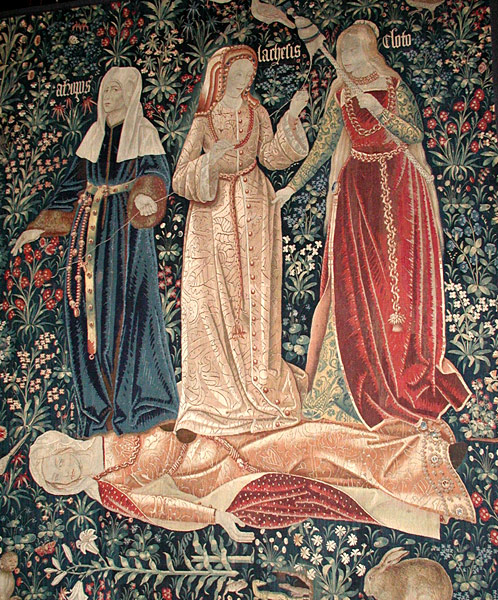

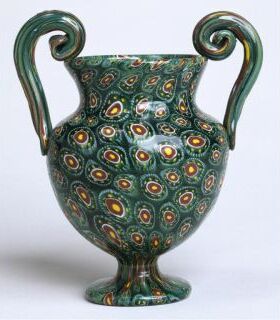



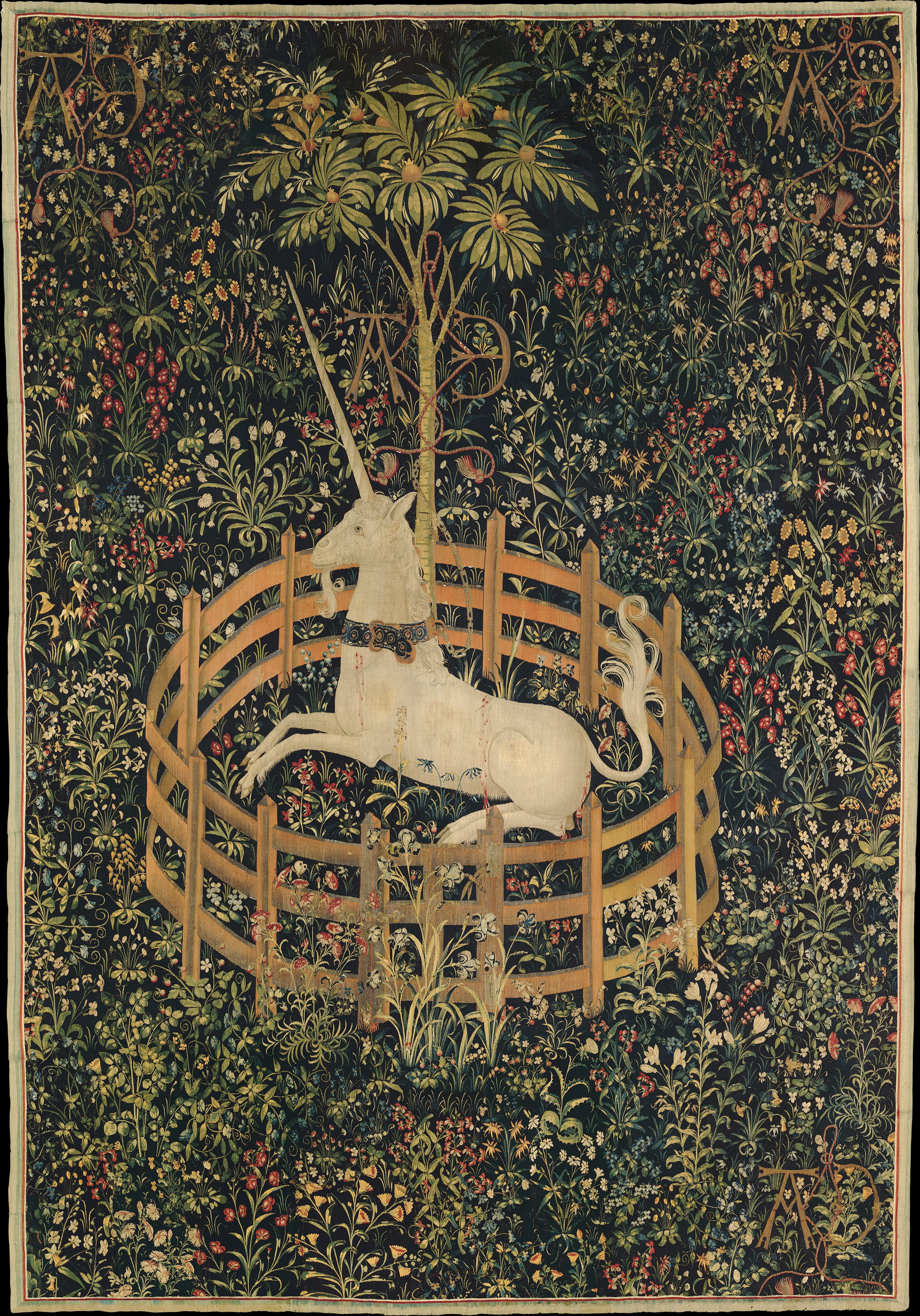

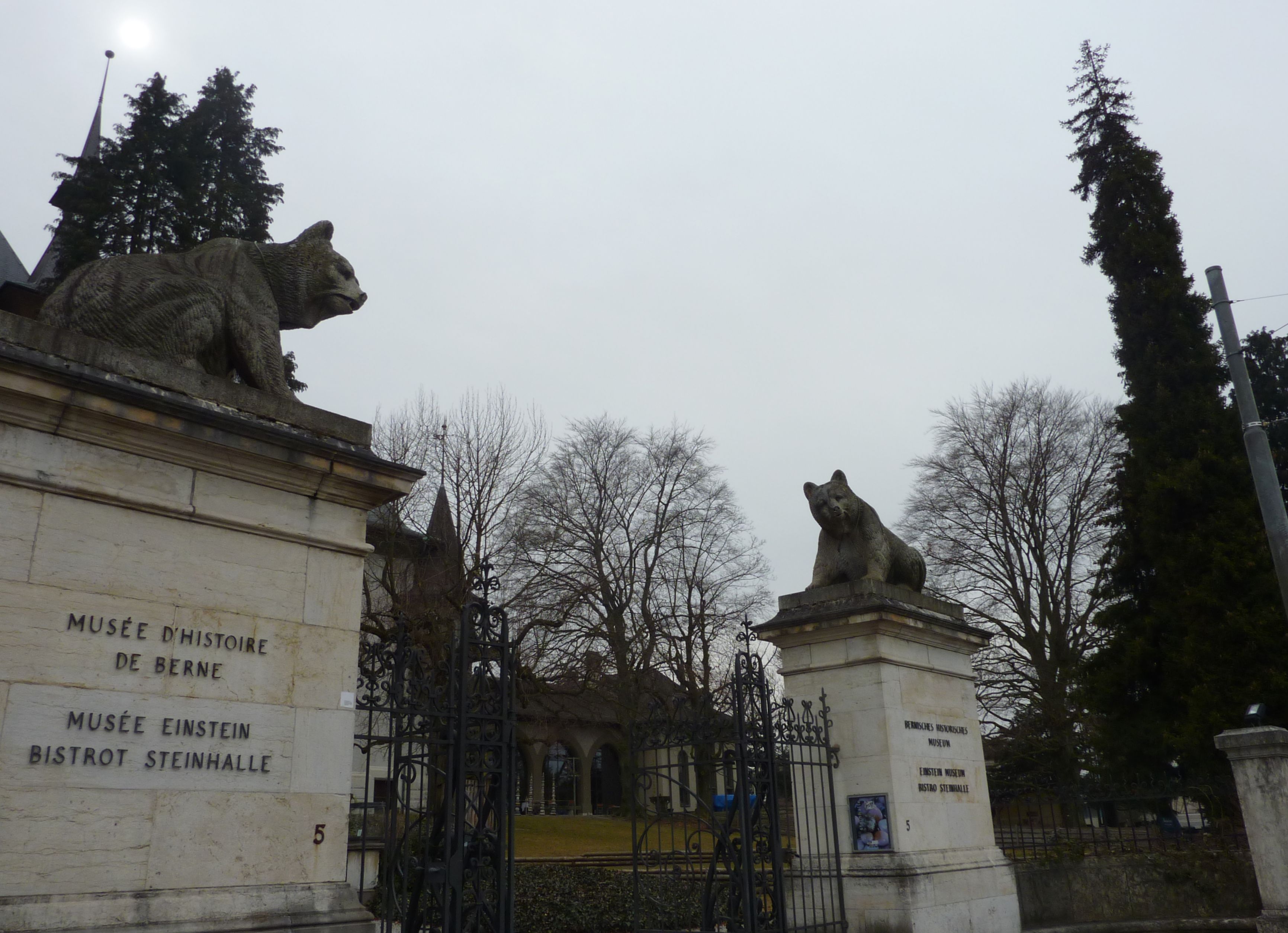
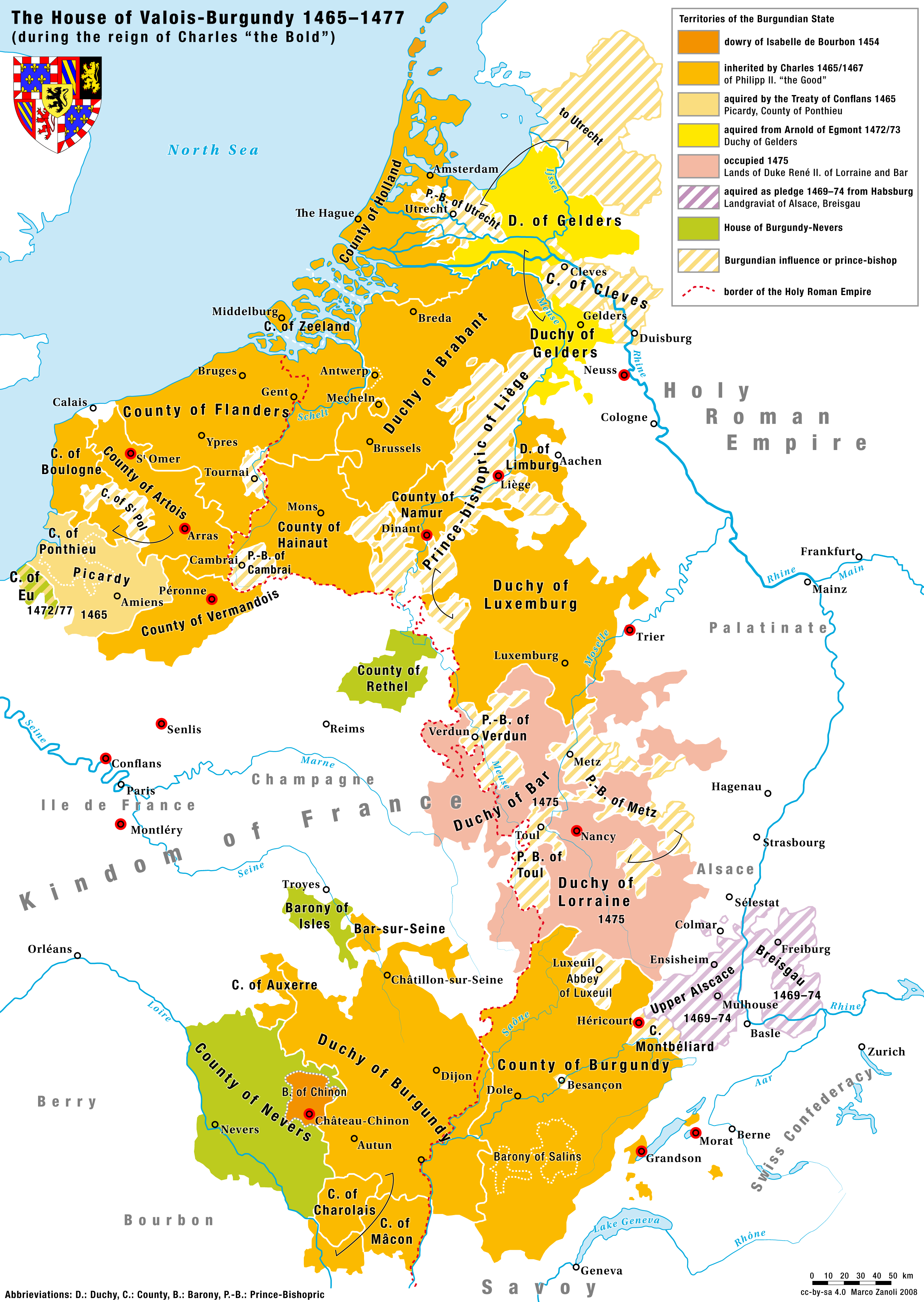
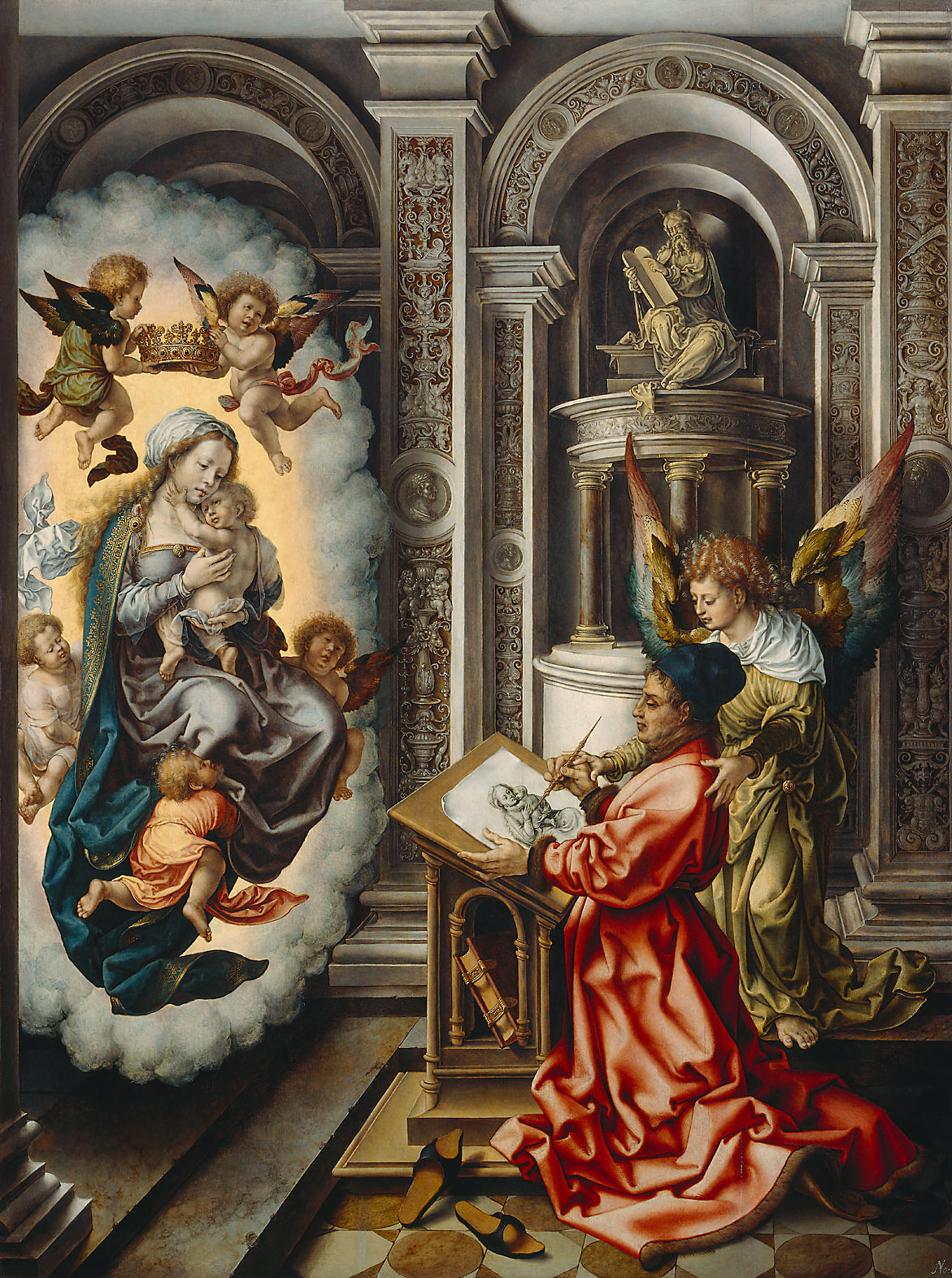
.jpg)